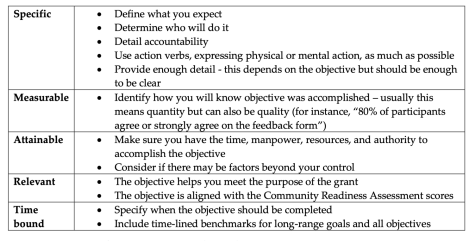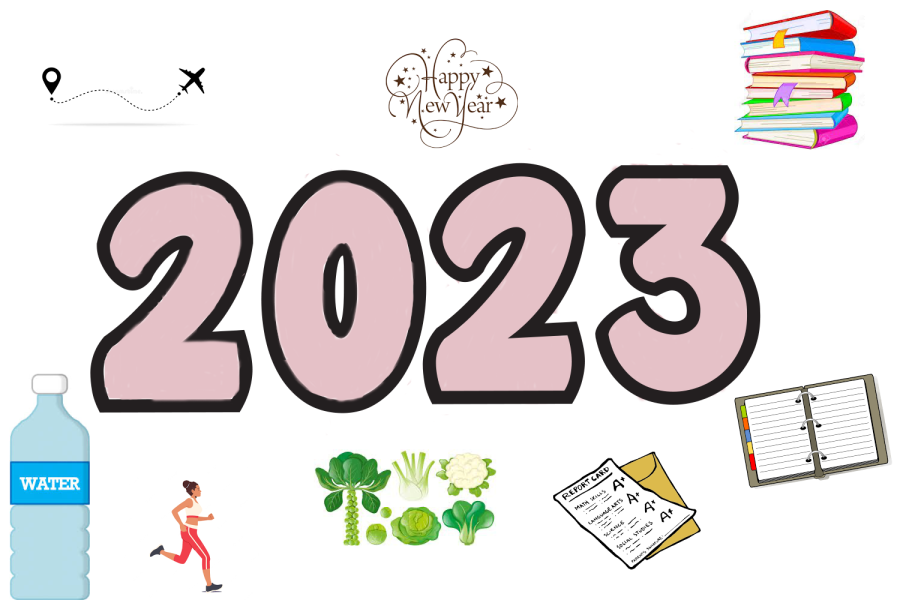Creating new year’s resolutions that last
The New Year brings resolutions for the upcoming year.
The clock struck midnight December 31, 2022, marking the beginning of a new year. This date prompts people to set New Year’s resolutions. However, do people actually achieve their goals? Sacred Heart Greenwich Upper School Psychologist Dr. Lisa Schwartz and junior Jane Murphy question whether these resolutions are effective or quixotic. They commented on actions people should take to ensure that they can attain their goals.
The end of one year and the beginning of a new one provides people with the opportunity for a fresh start. This new beginning often motivates people to create goals for themselves. However, aspirations for the New Year are often unattainable due to their generally vague nature. Estimates claim that only 8 percent of people keep their resolutions throughout the entire year, according to time.com.

To ensure that people have a better chance of fulfilling their objectives, it is crucial that they provide more structure when creating them. De Montfort University Marketing Lecturer Dr. Brian Harman and Dublin City University Associate Professor in Organizational Psychology Dr. Janine Bosak proposed solutions to help maintain New Year’s resolutions. They emphasized that prioritizing goals and focusing on one thing at a time is key to forming resolutions that last. When people have too much they want to accomplish, it can be difficult for them to fulfill their goals. It is important to have a more realistic point of view and incorporate small, new habits that can be helpful when aiming to attain objectives, according to independent.co.uk
Dr. Schwartz remarked that when people are creating New Year’s Resolutions, it is vital that they start with manageable ones. She also discussed the importance of creating realistic goals.
“New Year resolutions should be small, reasonable, and attainable in order to be a useful process,” Dr. Schwartz said. “Anything too big or grandiose can end in frustration, as it likely will not stick.”
Jane commented on how critical it is to be forgiving of oneself when establishing new habits. She highlighted the value of having patience when working to achieve a goal.
“I believe New Year’s resolutions are a great way to set the tone for a new year,” Jane said. “I hold myself accountable for my resolutions, I try not to be so hard on myself when starting this new habit. I try to be more forgiving and understand that in order to solidify this habit, it will take time and practice.”

An effective method to establish habits in the new year and make them last involves a strategy that helps monitor behaviors. Using the SMART acronym, people can create Specific, Measurable, Achievable, Relevant, and Time-bound intentions. This method helps organize goals that are set up for success, according to samhsa.gov. While using this system, people should also keep in mind that goals they set for the upcoming year should not induce stress. Dr. Schwartz remarked on the healthy mindset people should have when establishing goals.
“New Year’s resolutions are great and exciting, provided they are done in the right way,” Dr. Schwartz said. “However, everyone should remember that we don’t need a New Year’s resolution to make a change – we can do it at any time.”
Featured Image by Giada Coviello ’24

Giada is looking forward to serving as the King Street Chronicle's Sports & Health Editor and creating the weekly “Humans of the Sacred Heart”...

Lili is looking forward to her second year at the King Street Chronicle, and her new role as a video and multimedia content editor. She is also excited...











